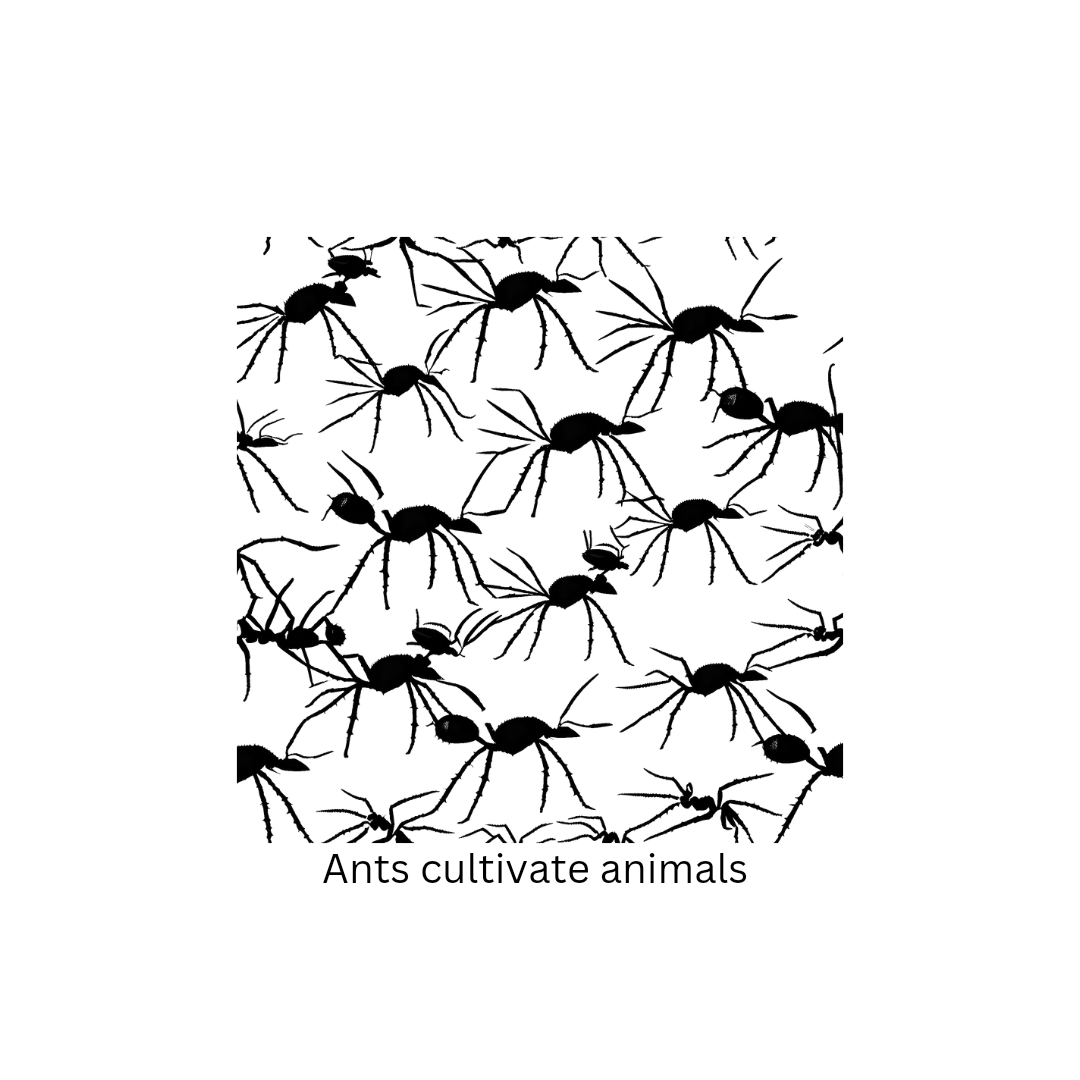Eumyrmococcus smithii Silvestri, often referred to as the “ant treasure mealybug,” is a fascinating species of mealybug within the Pseudococcidae family. This mealybug is renowned for its exceptional mutualistic relationship with ants, showcasing a unique form of insect symbiosis where ants cultivate mealybugs instead of fungi.
Taxonomy and Classification:
Kingdom: Animalia
Phylum: Arthropoda
Class: Insecta
Order: Hemiptera
Suborder: Homoptera
Superfamily: Coccoidea
Family: Pseudococcidae
Genus: Eumyrmococcus
Species: Eumyrmococcus smithii
Scientific Name: Eumyrmococcus smithii Silvestri, 1926
Common Name: Ant-Cultivated Mealybug, Ant Treasure Mealybug
Distribution and Habitat: Eumyrmococcus smithii is distributed across Japan, including regions such as Honshu, Shikoku, Kyushu, and the Southwest Islands. This species has also been recorded in East Asia. Notably, it was recently discovered in Tokyo’s Imperial Palace, marking its first occurrence on mainland Tokyo.
Physical Description:
Size: Approximately 1.7 mm in length
Shape: Features a distinctive ball-like fusion of the head and thorax, with a cylindrical abdomen, giving it a light bulb or tadpole-like appearance.
Color: Pale yellowish-white
Surface Texture: Covered in dense, fine hairs
Key Features: Lacks compound and simple eyes. Antennae are two-segmented with a long terminal segment. Short legs feature a single segment with developed claws for securing to plant roots. The tail end is equipped with four pairs of long, prominent hairs.
Ecological Role and Behavior: Eumyrmococcus smithii demonstrates a remarkable form of insect mutualism with ants, particularly the Formica species. Unlike leafcutter ants that cultivate fungi, these ants “cultivate” mealybugs. Inside their nests, ants protect and transport the mealybugs, which produce honeydew, a sugary secretion that serves as a critical food source for the ants. This relationship exemplifies obligate mutualism, where both species are mutually dependent for survival and sustenance.
Reproduction and Lifecycle: Eumyrmococcus smithii reproduces through parthenogenesis, allowing a single mealybug to produce offspring asexually. When new queen ants depart from their nests, they often carry a mealybug to establish new colonies, ensuring the spread and persistence of this unique species.
Related Species and Comparisons: Other mealybug species exhibit similar mutualistic behaviors. For example, the Shizukuari-no-takara mealybug forms a partnership with the Itotsuba ant, while the Kinomuraari-no-takara mealybug associates with the Hirase Yotsuba ant. These relationships highlight various forms of insect mutualism and symbiosis.




